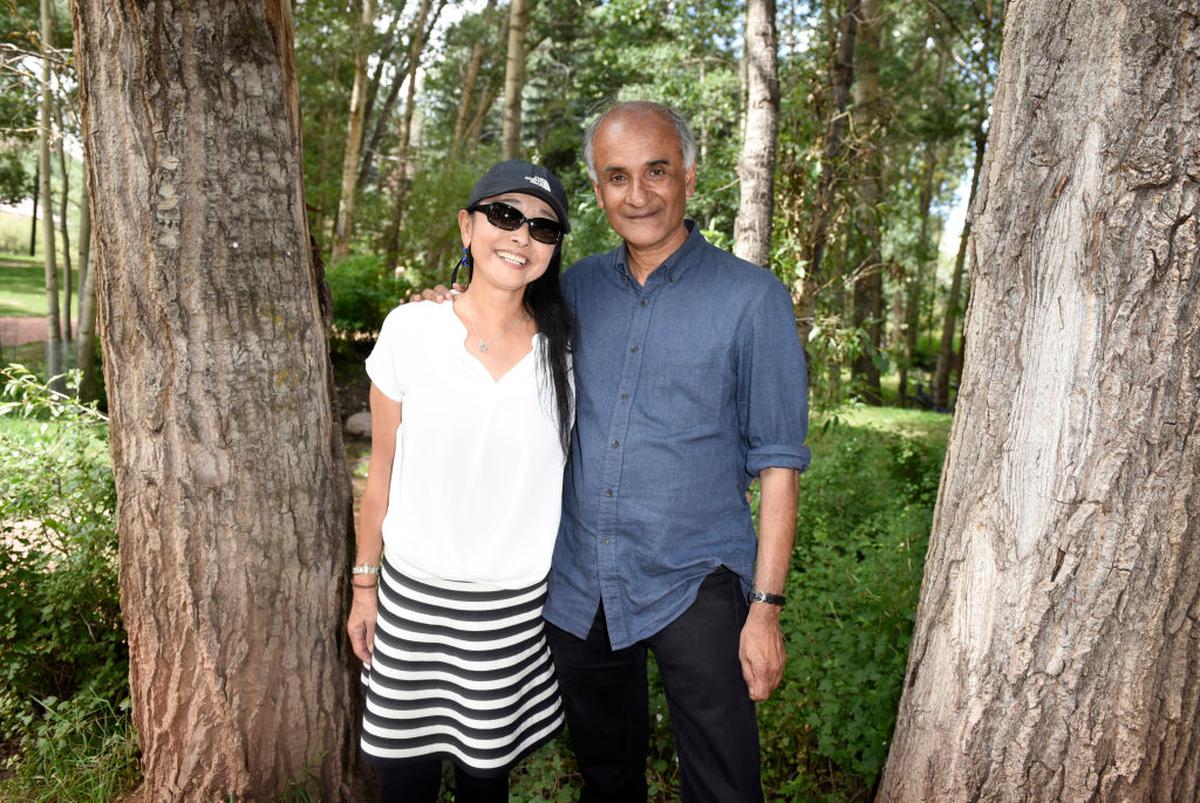The disruptions caused by the pandemic to the daily rhythm of travel and traveller’s life are described in such variety and depth that when Pico Iyer’s new book The Half-Known Life: In Search of Paradise Begins with a recap of your first hours in Iran, I want to ask, what about the COVID-19 protocols, how has the opening of tourism changed your routine, when exactly did you go? Upon reading, it certainly becomes clear that these are mostly trips to be remembered, a sorting of the trips of a lifetime that have already marked a sizable place on the travel bookshelf for Iyer, that the trips are recounted here in no particular order, and that a more internal journey determines the chronology.
different leads
Whether the “discovery” of heaven was actively going on in his mind during the trip, or whether the trip retrospectively yielded insight is not always clear – and it doesn’t really matter. It is also often unclear when the trip takes place – readers will pick up on different clues – for example, seven years after a bus crosses the “peace bridge” across the Line of Control she is in Kashmir.
Iyer summarized his inquiry as follows: “After many years of travel, I had begun to wonder what kind of paradise could be found in a world of constant struggle – and whether the search for it might not exacerbate our differences. ” It’s fitting, he decides, that the launch pad is “the culture that gave us our word for heaven and some of its most soulful images”. He visits Iran’s holiest sites, he absorbs wisdom and riddles (perhaps wisdom comes through riddles) as he talks to guides and drivers, loses himself in Persian poets, about the film I think Isolationand relies on some biographical details from his own life.

Pico Iyer and his wife, Hiroko Takeuchi in Telluride, Colorado. , Photo Credit: Getty Images
The last one seems to be important. The stops on the narrative’s itinerary – among them, Tehran, Pyongyang, Srinagar, Colombo, Belfast, Koyasan, Varanasi – bring forth various biographical details. The story of his life is by now familiar to his readers, and episodes are repeated at different points – his childhood in an English boarding school; His parents, scholars of Indian origin, in America; the fire at his home in California that reduced all his worldly possessions to ashes, including the handwritten notes “that would form my next three books”, and the important place in his personal journey that the catastrophe marked; his Japanese wife; his closeness to the Dalai Lama
personal enthusiasm
In this book with deep references to literary and spiritual texts, and insights gained from traveling around the world, meeting people and sometimes retracing my steps several times, an episode in Belfast stands out for a kind of personal provocation. Contains what the reader probably did not expect to find. His wife Hiroko and he are walking through CS Lewis Square, map in hand, when he passes a sign saying Cypress Avenue. Wait, he tells her, “You have to take my picture here.” This is clearly uncharacteristic of Iyer, and she asks in bewilderment, “This reminds you of the street where you grew up, in Oxford?” He is very excited to explain, and they go from place to place, posing for pictures with him. Eventually he tells her, “this is the landscape I’ve been walking around in my head for 30 years”, these are “the sights of everyday boyhood of which Van Morrison made a scripture”.

Ultimately it is a very personal discovery, initially in Varanasi, that makes Iyer’s journey perfect, and he quotes a Zen master, “Your life’s struggle is your heaven.”
The Half-Known Life: In Search of Paradise, Pico Iyer, Hamish Hamilton, ₹599.
mini.kapoor@thehindu.co.in